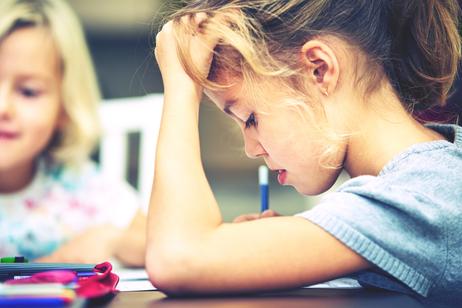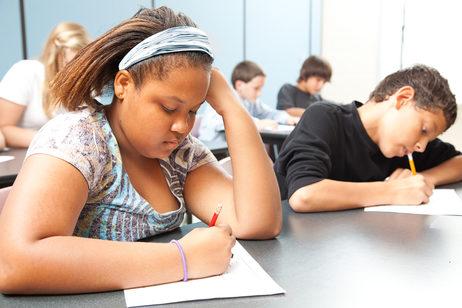They say that teaching is a thankless job – not only are teachers underpaid, but many of them dedicate countless hours of their free time to do extra work for their students. Being a teacher, in general, can be very difficult, but being a special needs teacher comes with its own unique set of challenges. Whether you are a special needs teacher or the parent of a special needs child, keep reading to learn some helpful tips for making the most of your child’s education.
What are the Challenges of Working with Special Needs Students?
Compared to most other professions, the burn-out rate for special needs teachers is extremely high – approximately 50% of special education teachers leave their jobs within just 5 years. Teaching is a difficult and stressful career in and of itself, but special education adds an extra layer of difficulty. Some of the biggest challenges of working with special needs students are as follows:
- Lack of parental support. You can pour your heart and soul into your efforts as a special education teacher but if the child’s parents are not on board, all of that work could be for nothing. Having a positive relationship with the parents of your students is essential.
- Lack of appreciation. Teachers do not teach because it is a prestigious or high-paying career – they do it for the love of the students. Still, a little appreciation goes a long way, especially in a challenging and stressful field like special education.
- Too






















